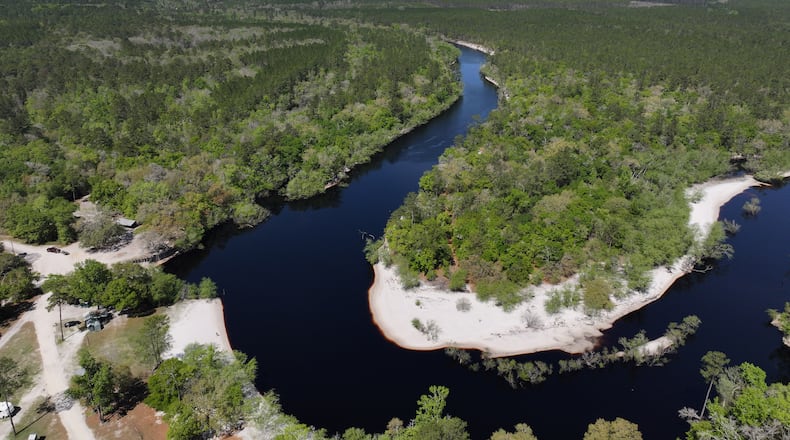Pogo Possum, a product of the Okefenokee Swamp and cartoonist Walt Kelly’s imagination, once famously said, “We have met the enemy and he is us.”
When it comes to defending Pogo’s Okefenokee Swamp from mining threats, Pogo might want to amend his words to: “We have met the enemy and ‘he’ is our state leaders.”
Despite a poll that shows an overwhelming majority of Georgia’s citizens oppose mining adjacent to the swamp; despite uber-conservative former U.S. House speaker Newt Gingrich pleading on the pages of this very paper for the swamp’s protection; despite a bipartisan coalition of more than half the House of Representatives co-sponsoring legislation that would permanently protect the swamp from mining threats; and despite Georgia’s Environmental Protection Division being bombarded with public comments opposing a proposed heavy mineral sands mine in Charlton County, Georgia’s top leaders accomplished absolutely nothing to protect the Okefenokee during the recent legislative session.
HB 71, the Okefenokee Protection Act, which would have prohibited mining on portions of Trail Ridge next to the swamp and was sponsored by more than half the House of Representatives, didn’t even get out of committee.
Credit: Handout
Credit: Handout
Even a “compromise” bill implementing a three-year moratorium on heavy mineral sands mining didn’t earn passage.
Heck, legislators even failed to pass a license plate bill giving citizens the option of purchasing an “Explore the Okefenokee” tag.
Yes, the Okefenokee had its individual champions in the General Assembly, and they valiantly fought hard for it, but our state’s top leaders failed to support these efforts.
They said decisions about mining next to the Okefenokee “shouldn’t be made by political entities” and deferred to Georgia’s Environmental Protection Division, which now must decide whether to allow a controversial titanium dioxide mine adjacent to the swamp.
The flawed regulatory system — created by the very politicians who won’t take action to protect the Okefenokee — seems poised to allow mining to proceed.
The threats posed by the proposed Twin Pines Minerals mine in Charlton County are serious and well-documented. Expert hydrologists predict that the one million gallons of groundwater pumped every day from the mine pit will rob the swamp of water that supports it during drought. Between mine pit withdrawals and pumping from the Floridan aquifer, the mine’s planned withdrawals could support a population of 21,000 at typical residential water use rates. The current population of Charlton County is about 13,000. That water use, experts say, will increase the frequency of severe drought in the southeastern portion of the swamp threefold.
Lower water levels in the swamp will increase the likelihood of wildfires that threaten neighboring commercial timberlands, decrease recreational use of the swamp’s wilderness canoe trails and increase carbon dioxide fluxes to the atmosphere as the swamp’s carbon-rich peat dries out and oxidizes. The mine threatens the pillars of the local economy: swamp tourism, timber and berry production -- and the very climate that supports our existence.
The titanium-bearing sands that Trail Ridge holds are not rare or uncommon. Indeed, they are found in abundance throughout our country. Extracting this common mineral from the ground should not be done at the risk of damaging the irreplaceable Okefenokee.
If we are to permanently protect what’s inside the Okefenokee Swamp, we must protect what is outside the swamp, especially Trail Ridge, which plays such an important role in regulating swamp water levels.
If this is to be accomplished, we need our leaders to lead. During this legislative session, Gov. Brian Kemp and others squandered an opportunity to take a bold action on behalf of the Okefenokee. Still, there remains hope: it’s still not too late for someone to be Pogo’s hero.
Rena Peck is executive director of the Georgia River Network.
About the Author
Keep Reading
The Latest
Featured



